By Bill Seay
Texas
Took out the Wavewalk fishing.
Wind was 25 mph, 3 ft swells and very choppy across the bay area. Amazing feeling of confidence.
Thanks for the S4!
Easy load video:
Texas
Took out the Wavewalk fishing.
Wind was 25 mph, 3 ft swells and very choppy across the bay area. Amazing feeling of confidence.
Thanks for the S4!
Easy load video:
Q: What is the best practice for maintenance of these boats?
A: Do nothing, because these boats are maintenance free, literally.
Q: What is a maintenance-free boat?
A: It’s a boat that requires no maintenance at all – zero maintenance.
Q: What is the best practice for maintenance of these boats?
A: Do nothing, because these boats require no maintenance at all, literally.
How is this possible?
The S4 and W720 are roto-molded from High Density Polyethylene (HDPE), a polymer resin used for molding kayaks, fuel tanks, and chemical tanks, as well as water tanks that stand on top of buildings for decades, and animal feeders that stand outdoors for decades.
HDPE is also used for making irrigation pipes that are buried underground for decades, and other equipment that’s required to resist corrosion and extreme climatic conditions.
HDPE is the resin of choice for all these demanding applications thanks to the fact that it is both chemically stable and physically resilient and therefore impact resistant. Both qualities make it extremely durable.
1. Do I need to paint or coat the bottom of my S4 Microskiff?
No. Doing so would be pointless, and practically impossible to carry out in the first place, because no paint or adhesive sticks well to Polyethylene (PE) surfaces, since PE is a polymer with a very low surface tension.
2. Do I need to paint my S4 with a protective anti-UV coat?
No. There is no need for this, since the HDPE resin used for molding this boat is treated with anti-UV protecting agents.
3. Do I need to protect my S4 against extreme cold?
No, but you should make sure that the hulls don’t get filled with rainwater or snow that could melt and later freeze again. Freezing water expands while turning to ice, and this can cause cracks in the vessel.
4. Do I need to fill scratches in the hulls?
No. Scratches in Polyethylene don’t expand, and they don’t turn into cracks.
5. Can I use detergents and solvents to clean the boat?
Yes. Polyethylene resists both types of chemical products.
6. Do I need to protect my S4 from saltwater?
No. Saltwater has no effect on Polyethylene hulls.
7. Can I store the boat upside down?
Yes, although the best is to store it in its regular position. We dis-recommend storing it on its side for prolonged periods of time, and storing heavy objects (e.g. appliances) on top of it. Also, when storing it, avoid applying pressure on it, such as with ratcheted straps.
8. What about the outboard motor?
Motors are outside the scope of this article. Every outboard motor requires maintenance, and comes from its manufacturer with a book that includes maintenance instructions. In case you don’t have such a book, you can find instructions online, on the outboard manufacturer’s website.
| Best Boat For Under $10,000 in 2024 |
Do you have any questions about this article?
Guam
The island was hit very hard by super typhoon (cat 4) Mawar. Going on three weeks and many people still do not have running water or electricity. The island went from a lush tropical garden to a brown barren wasteland overnight, many people lost there homes but fortunately there was minimal loss of life.
We live in base housing which is reinforced concrete. I was very thankful to be in a well built home, we took no damage from the storm. We did lose power for 8 days but I have a generator.
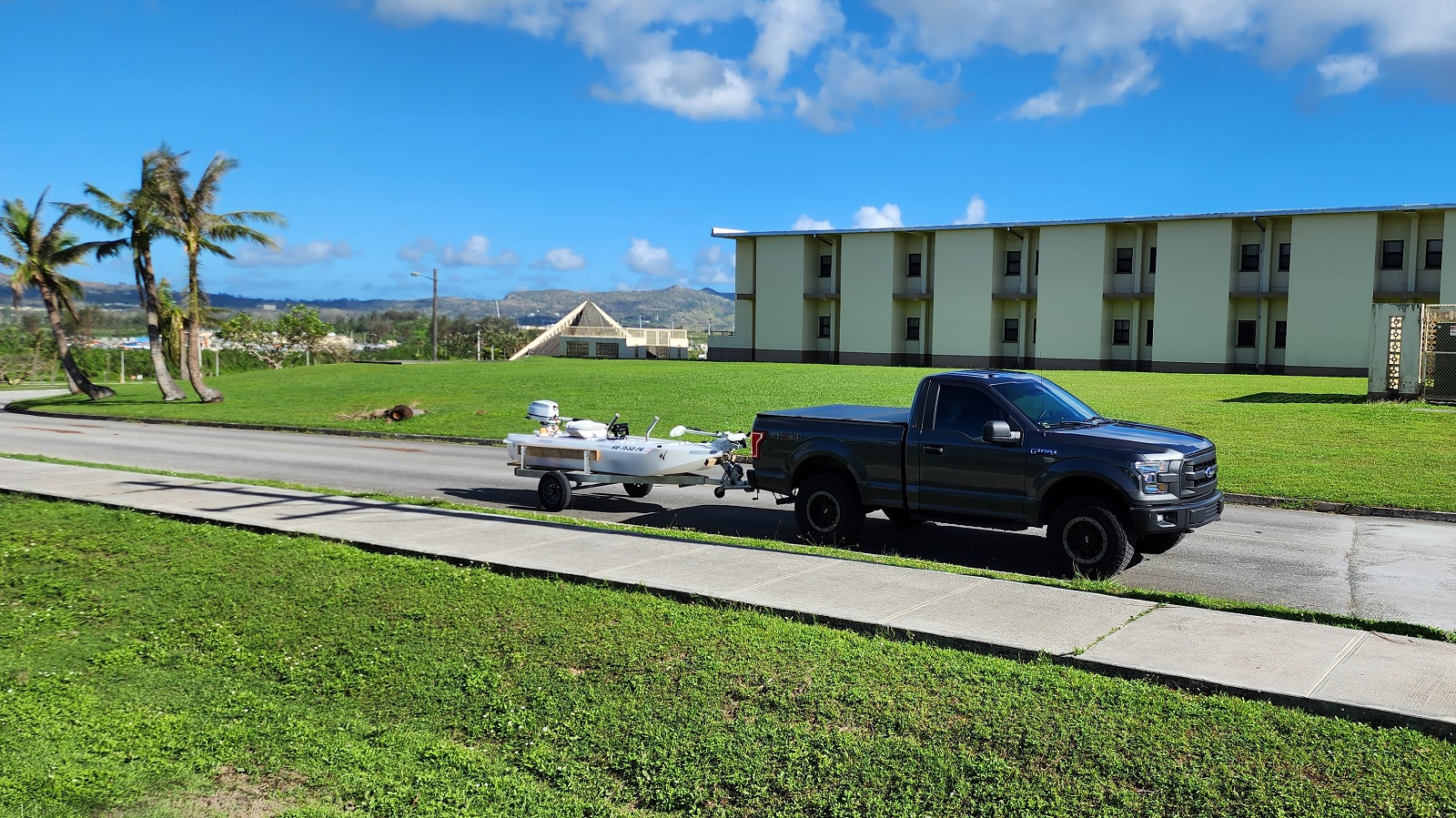
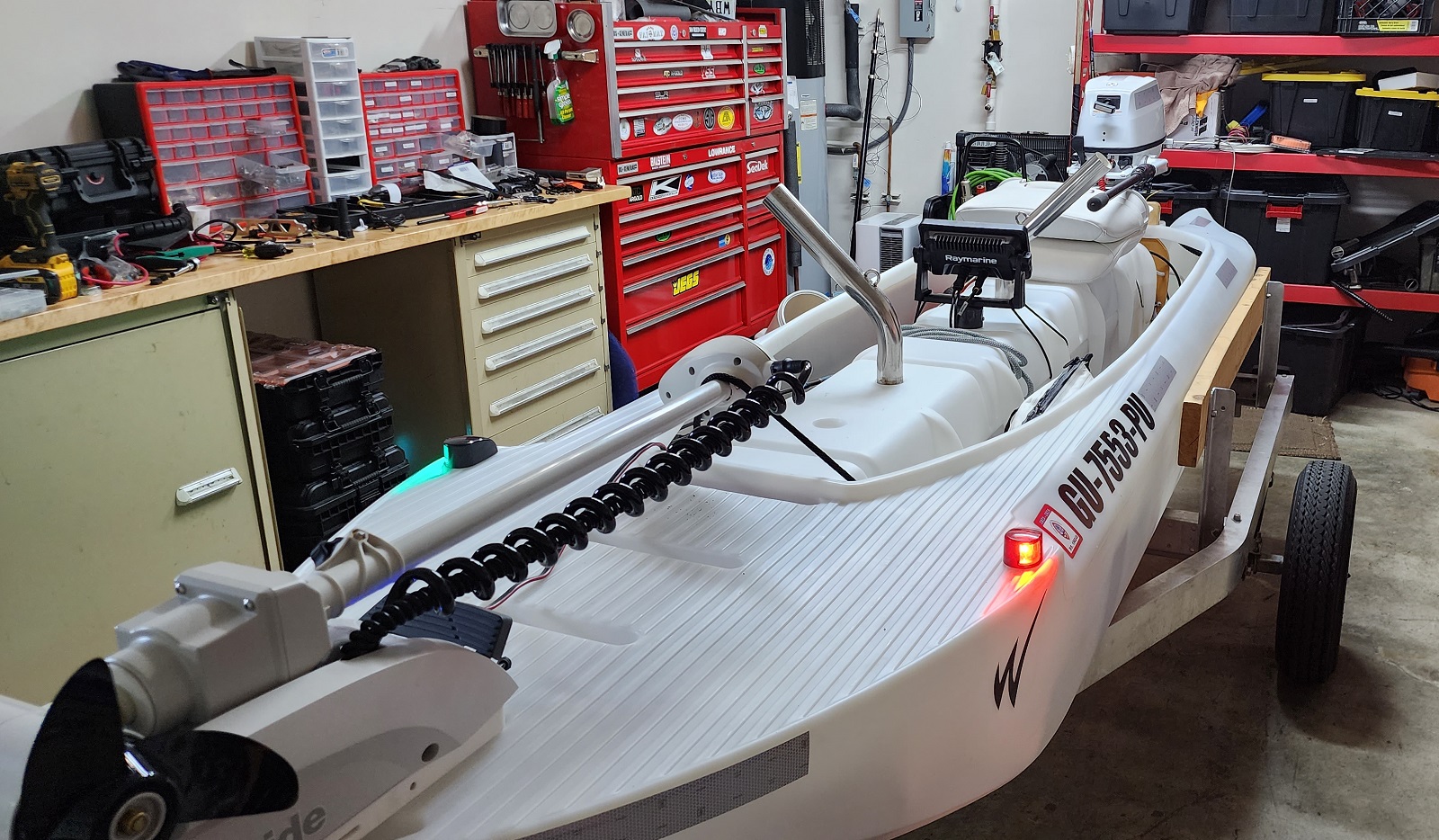
On to a happier subject. I’m starting to get a handle on the fishing here. I’ve gotten into slow pitch jigging which is very productive. This past trip I caught two different species of coral trout, a long nose emporer and a green jack. Coral trout has been on my bucket list and I can’t wait to grill them up.
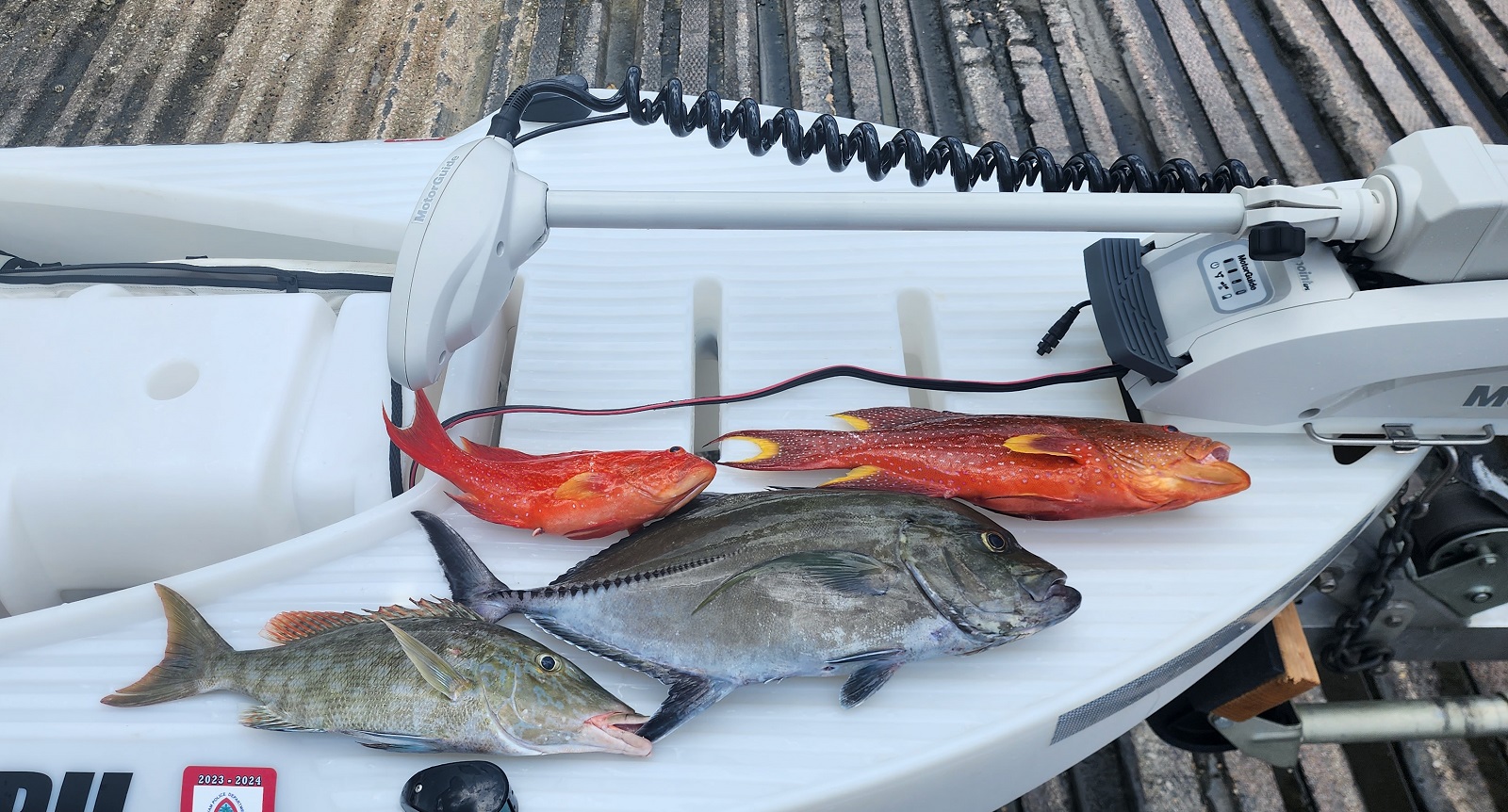
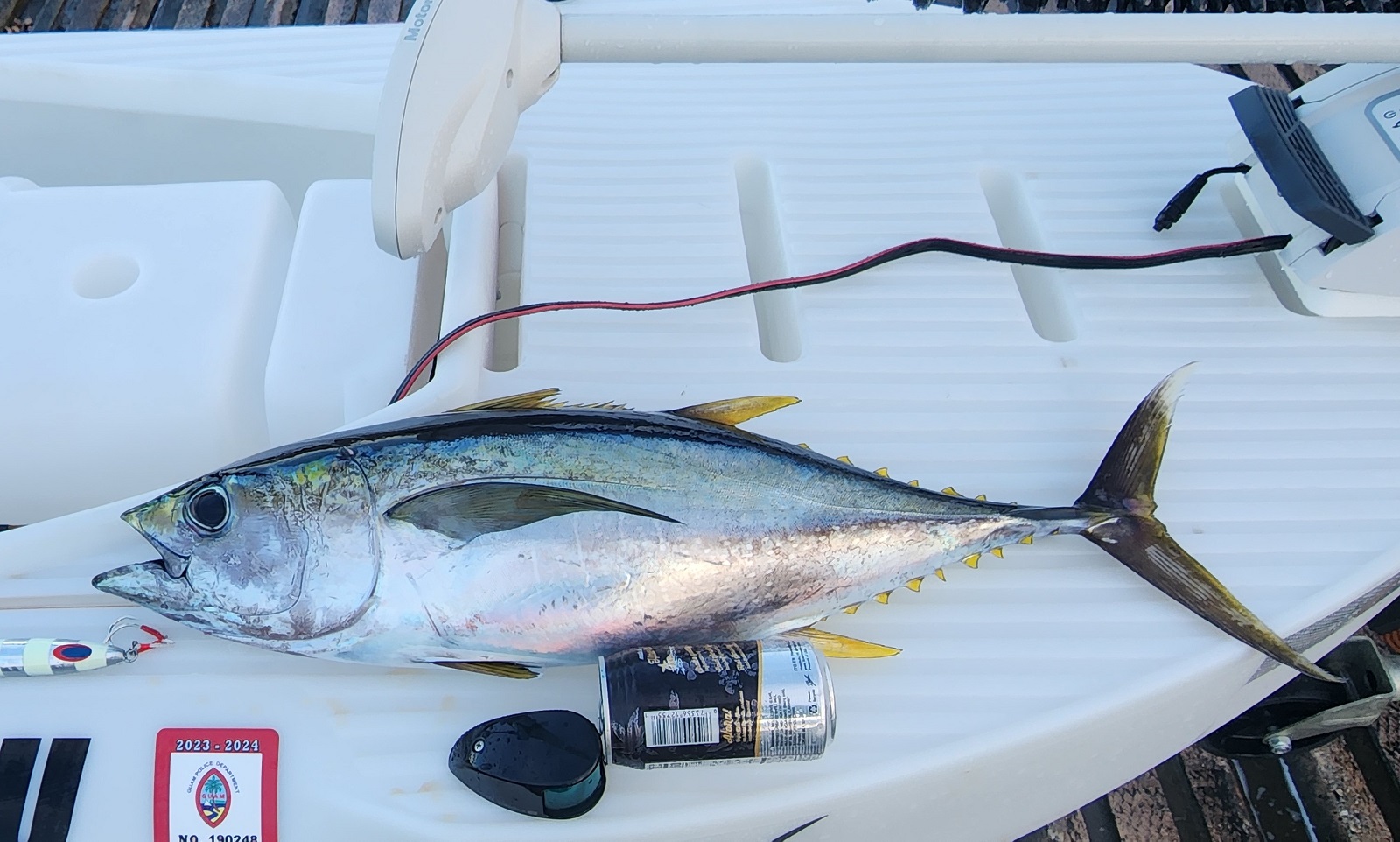
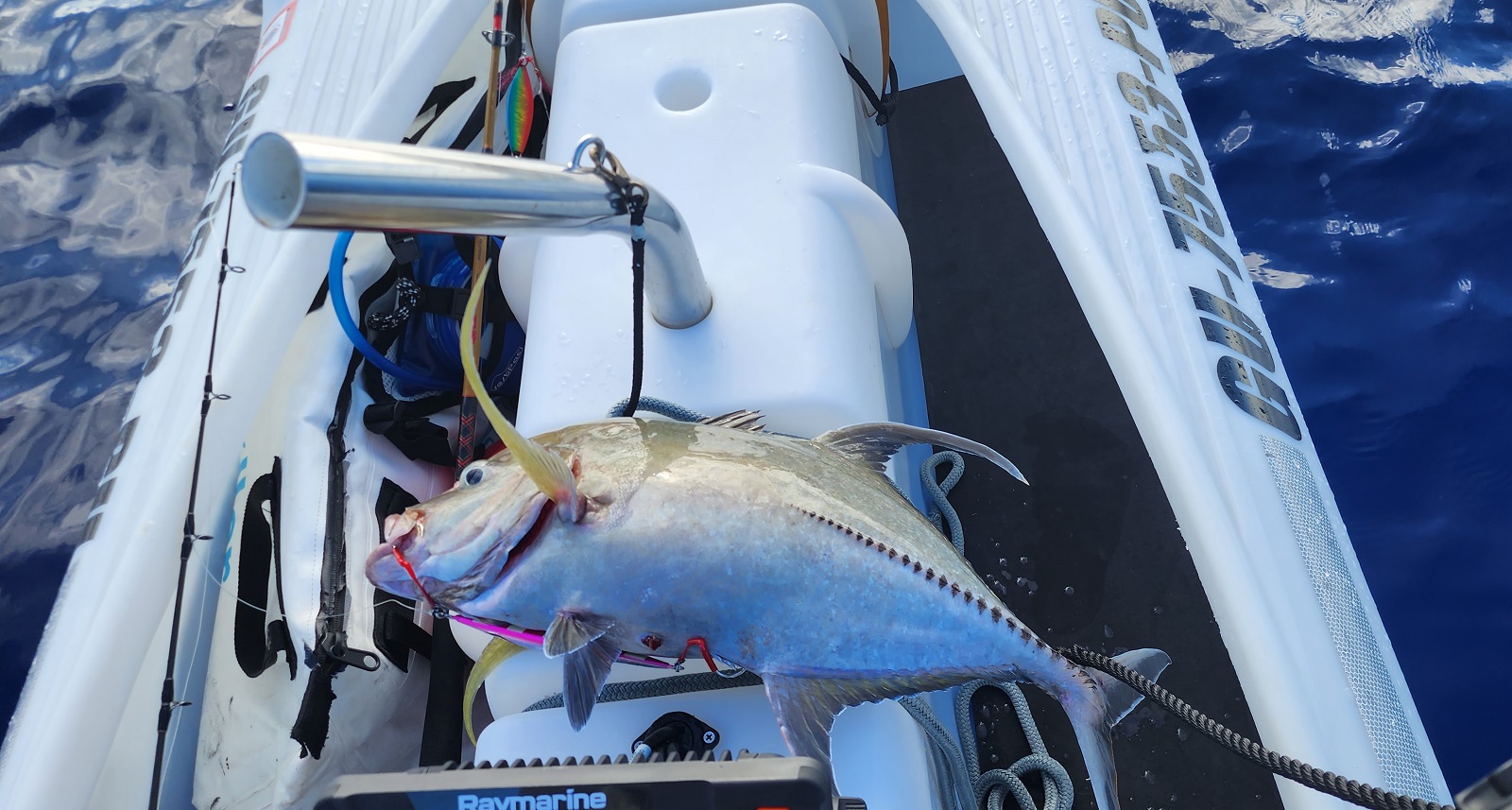

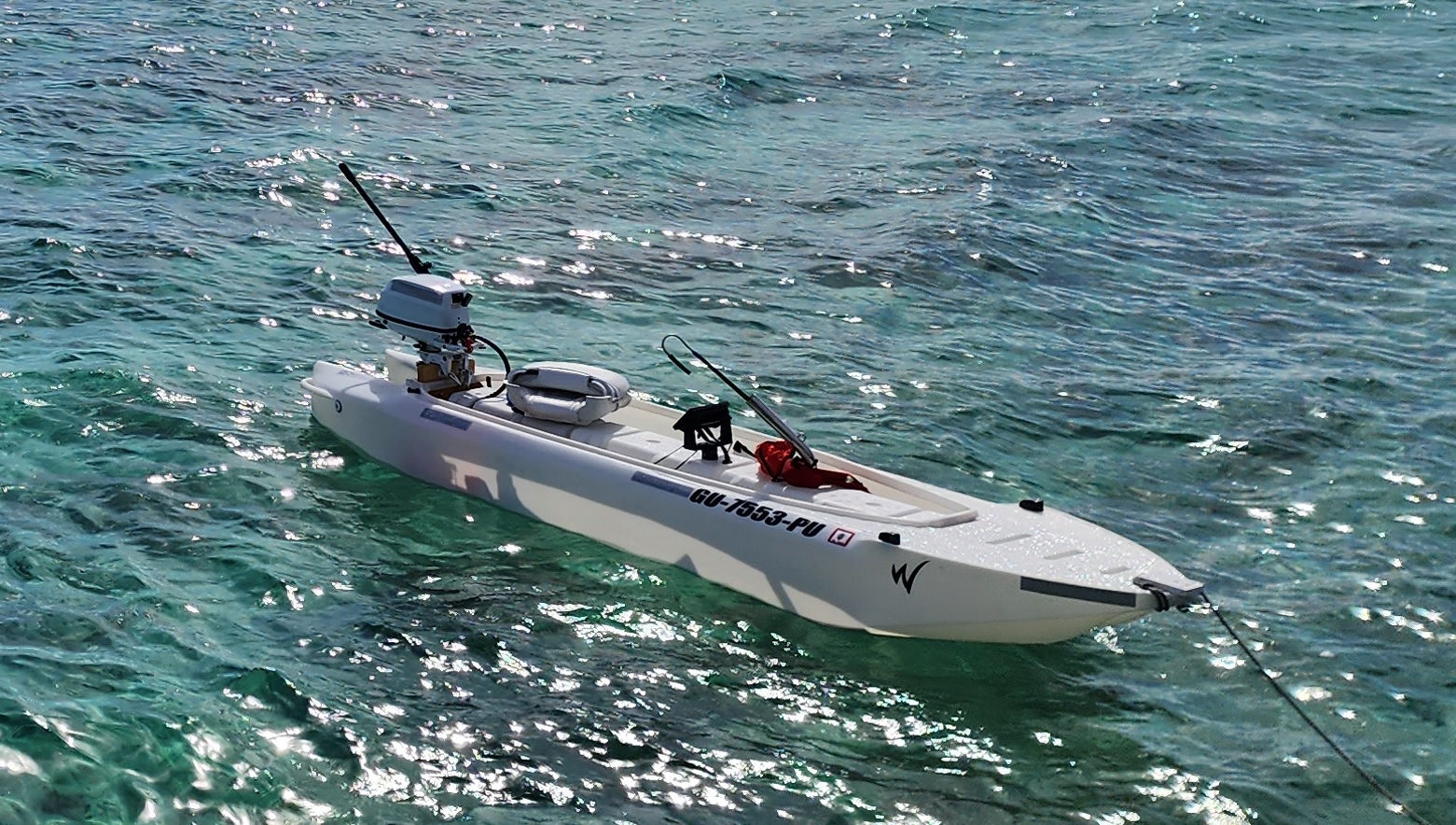
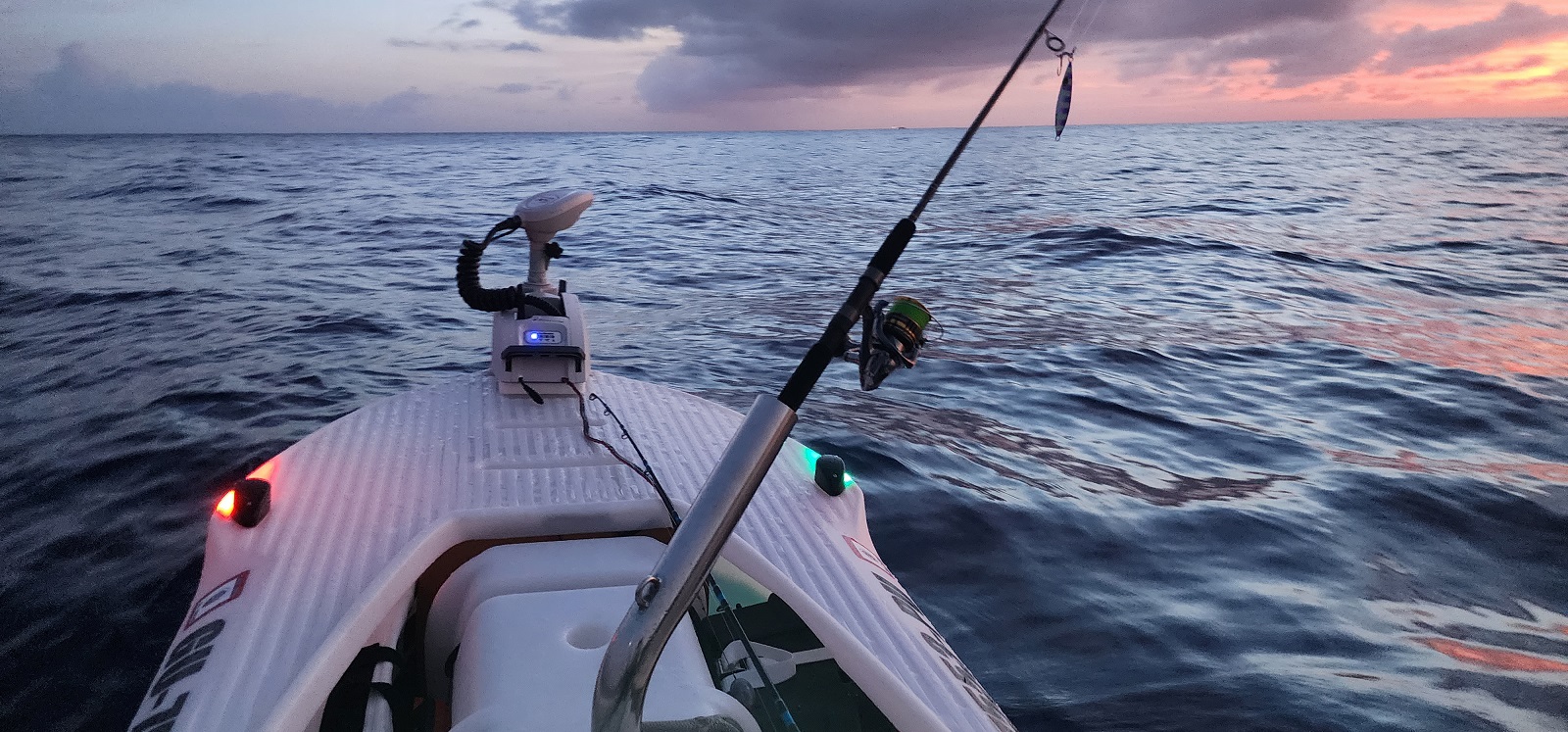 Fishing a full day costs me 20$ for 1 gallon of gas and ice. With the trailer setup it takes me less than 30 minutes from the time I hit the dock to home, including washing everything(boat, gear, flushing motor, transferring fish to cooler in truck and cleaning the fish bag in the s4).
Fishing a full day costs me 20$ for 1 gallon of gas and ice. With the trailer setup it takes me less than 30 minutes from the time I hit the dock to home, including washing everything(boat, gear, flushing motor, transferring fish to cooler in truck and cleaning the fish bag in the s4).
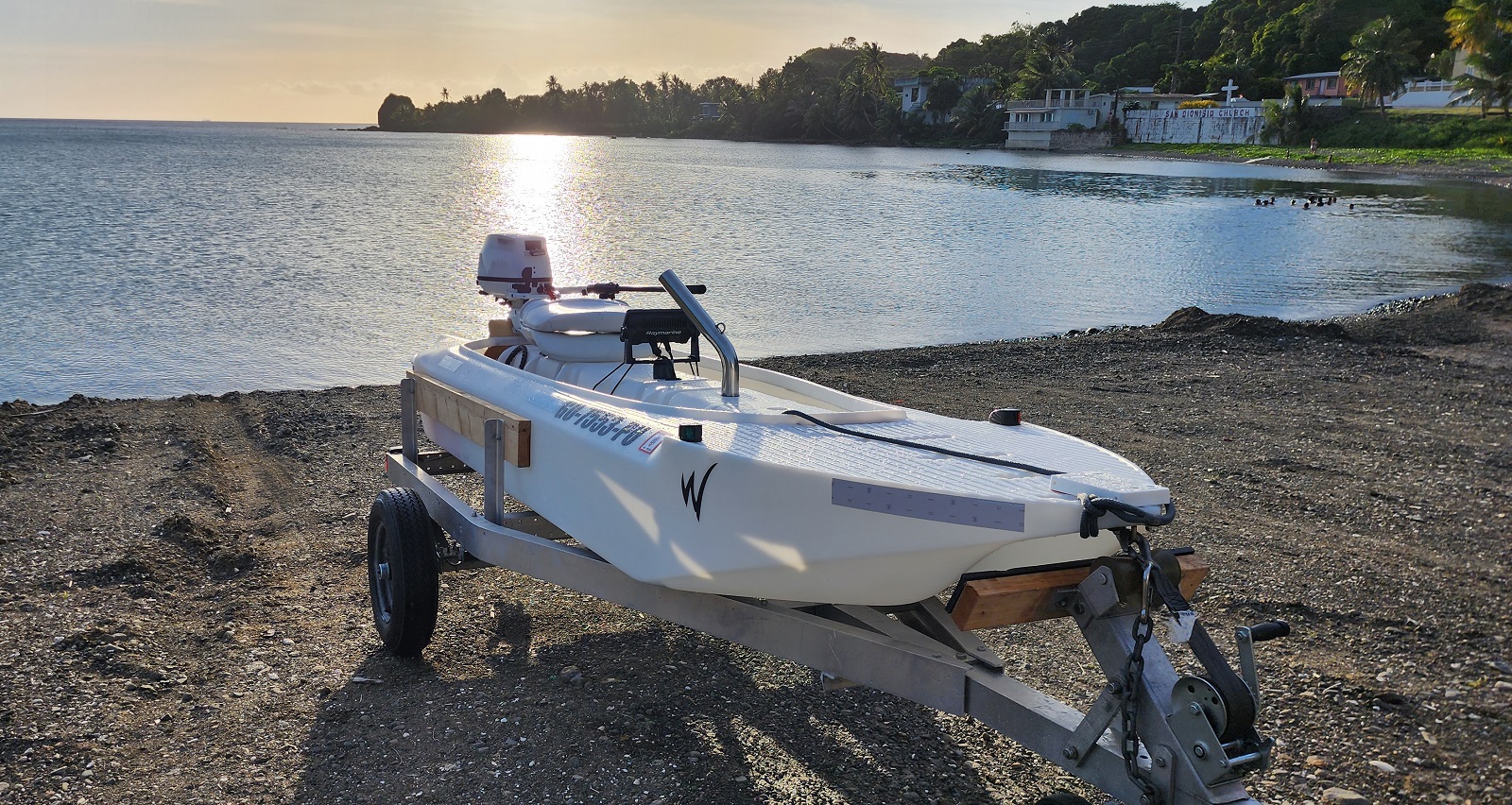
Cruising along watch the sounder as soon as I mark fish I can hit the anchor button and immediately focus on getting my jig to the strike zone. I can’t emphasize how amazing this feature is. It also has heading lock so I can take a break from steering and just enjoy cruising along. There are some fishfinders (lowrance, simrad) that will interface with the xi3, they have an autopilot feature, I would highly recommend anyone setting up an s4 with a fishfinder to purchase one that does.
For power lithium is the only way to go. 12v 100ah is 26lbs and I have yet to run out of juice.
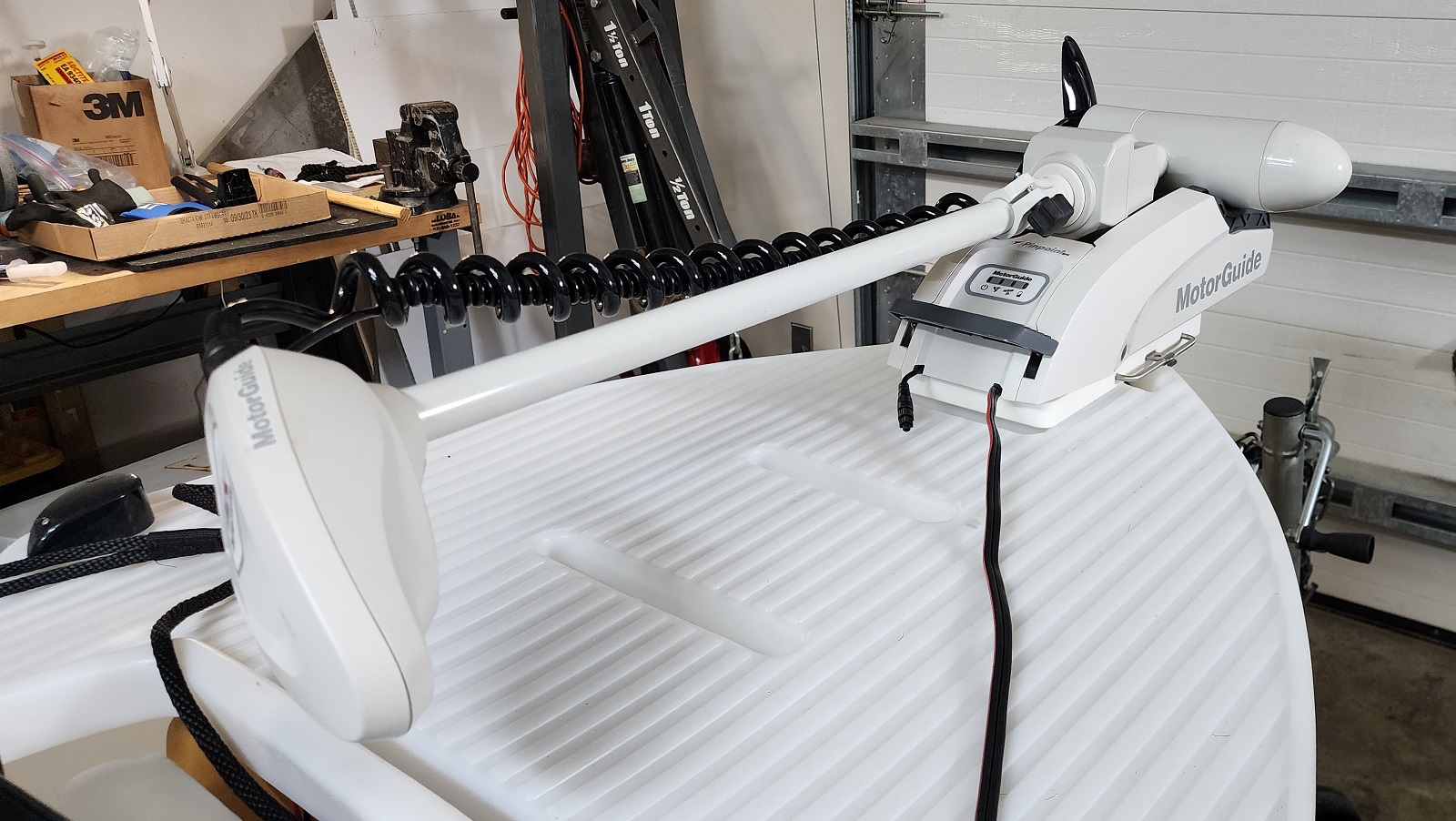
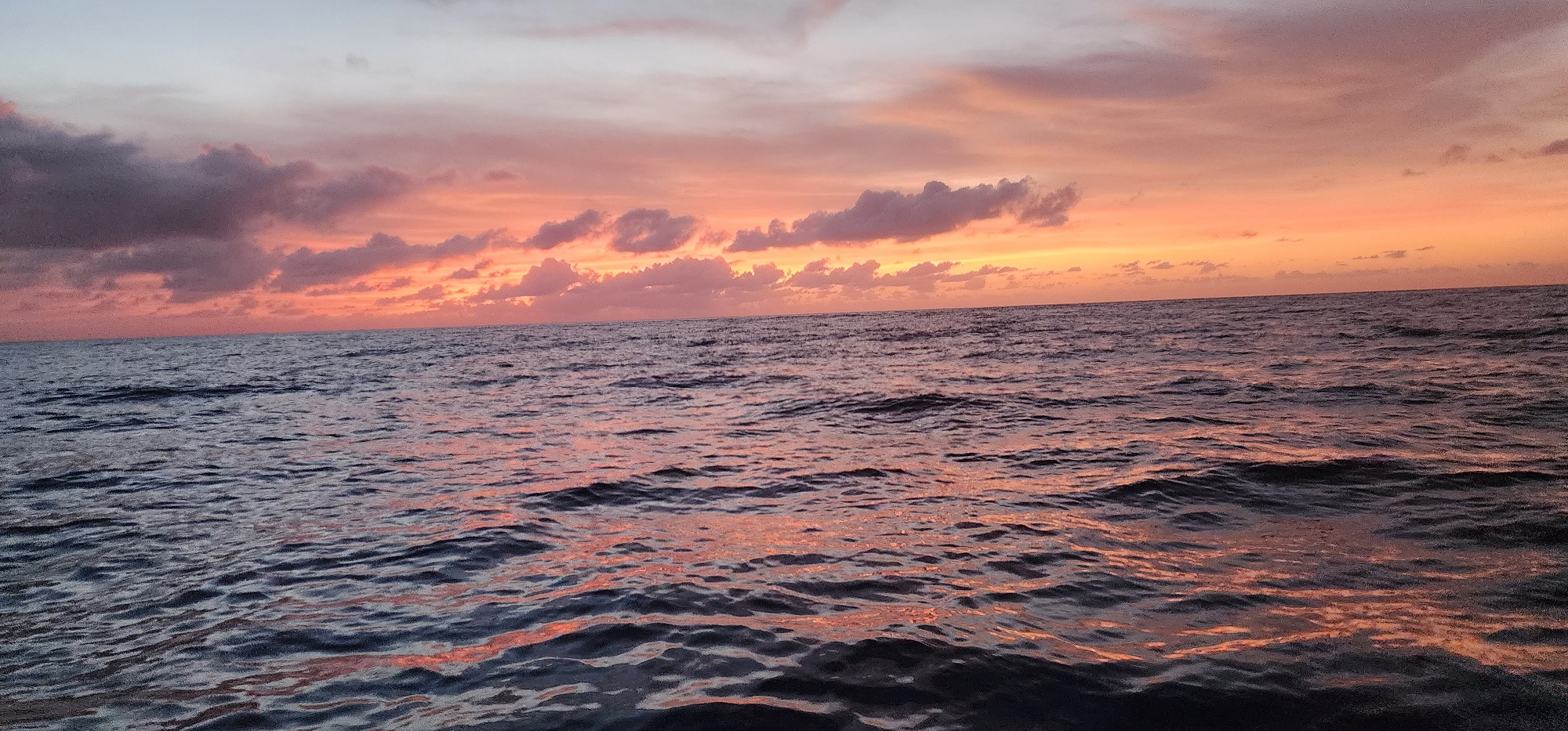
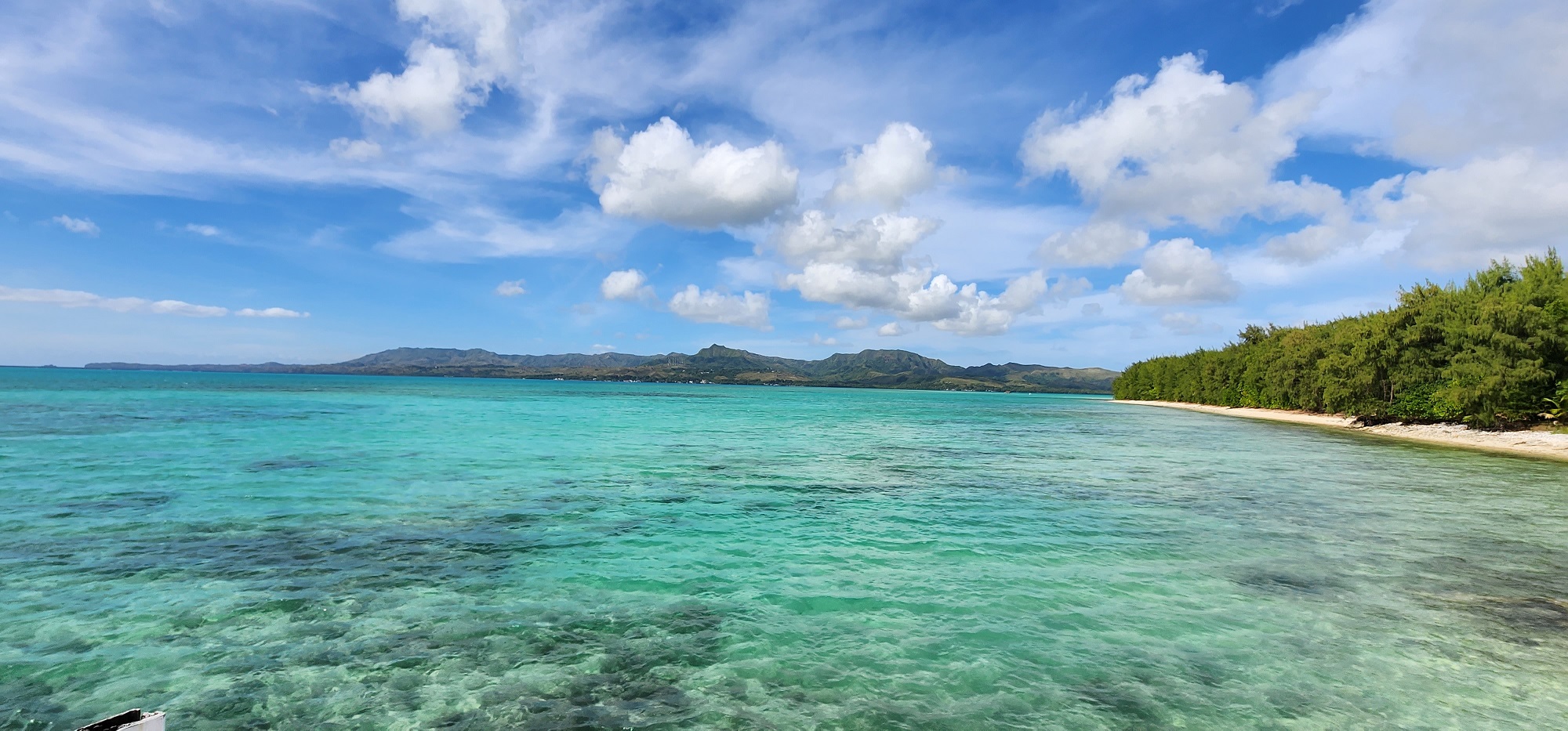
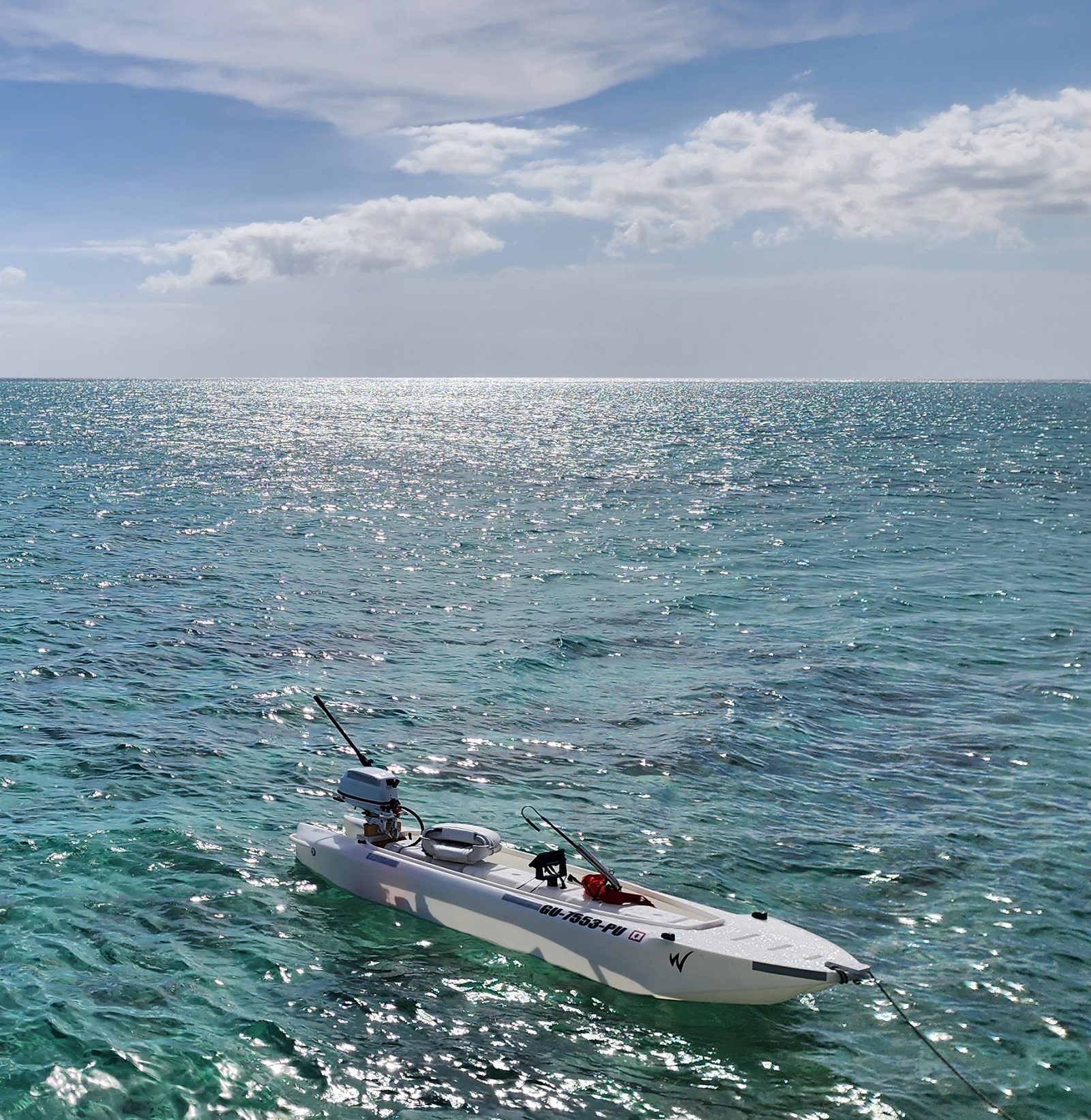
Guam
Hafa Adai!
Quick update from Guam 🇬🇺 The S4 is now registered and legal.
Had the chance to go spearfishing last weekend for the first time here on the Island. I didn’t take anything but my dive partner scored a nice eating sized golden trevally.
The S4 makes a perfect platform for a pair of spear fishermen to cover a great deal of water in a day. It’s easy to launch and recover from.
After years of fishing from an S4, the stability amazes me for the size, no worries of anyone capsizing while re-entering.
Moving down the to-do list of rigging, I’ve installed bilge pumps again in this S4, one for each hull. The advantage of buying the same boat twice is that you can improve what works best for you.
For most people in calmer waters an installed electric bilge pump would not be worth the time IMO. For me, when spearfishing I get quite a bit of water inside while making multiple drops, and a lot of fish blood. Having pumps installed allows me to wash up with a bucket as I go.
Since I was installing bilge pumps, I went ahead and wired in a field switch in each side, that way the pumps will cycle automatically when the water covers the field switch. Each pump has its own 3 way switch (on-off-auto) and it’s own 8ah 12v battery with 5 amp inline fuse.
For watertight hatches I’m using hobie 6″, they require some trimming to fit. I went this route because the latching mechanism works very well and I frequently open it to use as a dry space for my phone, vhf & plb.
A simpler project was to tie a couple loops of bungee on the gas tank handle. Using the supports protruding from the bench the loops hold the tank in place. Keep things from sliding around against your feet makes for a more enjoyable cruise.
That is all for the time being, several more projects to come in the near future (fishfinder, bait tank).
I’m planning a day of fishing this weekend so long as the winds cooperate!
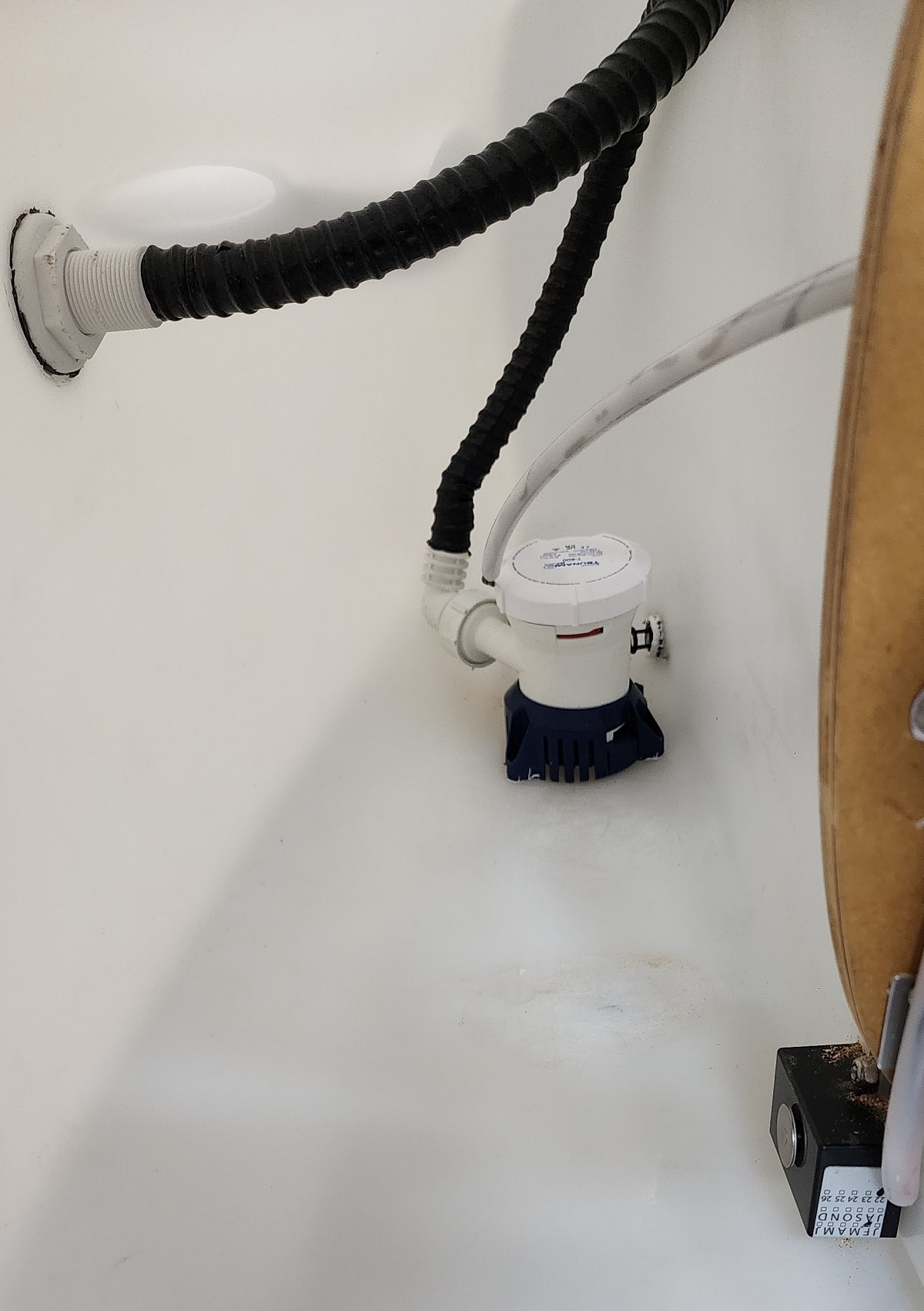
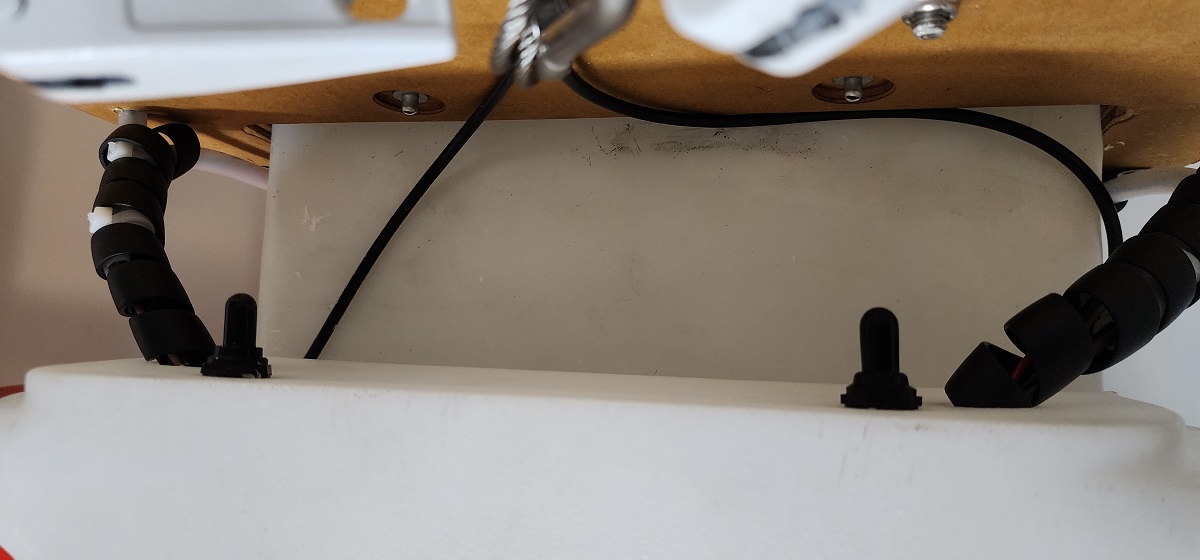
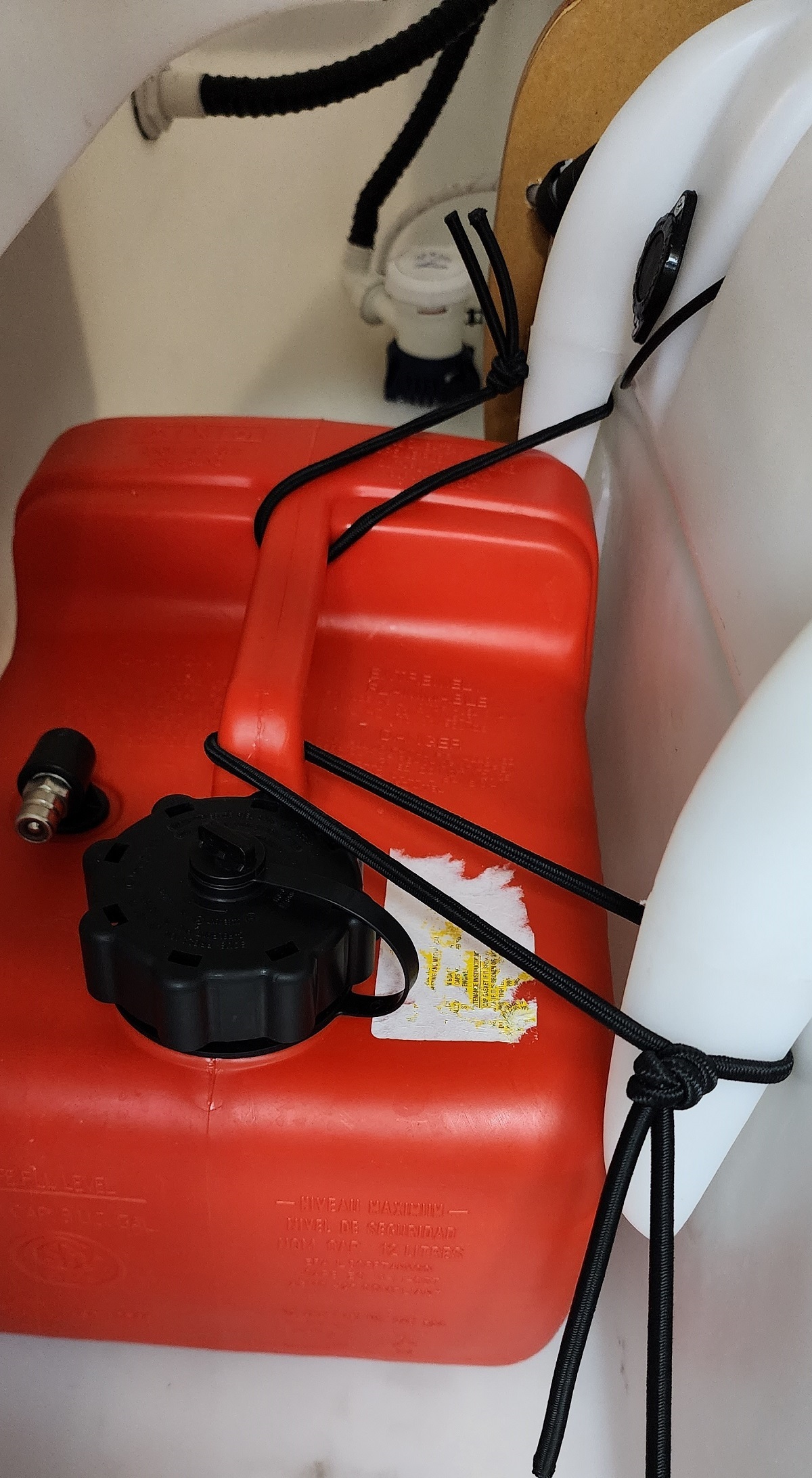
Editor’s note: This is Terry’s second S4. His first one was green, and he used it when he was living in Hawaii.
Join The Navy And See The World! 🙂
Indiana
I can’t thank you enough! Your invention will be bringing me and many other family & friends lots of joy for years to come!
Thank you!
Mike from Indiana